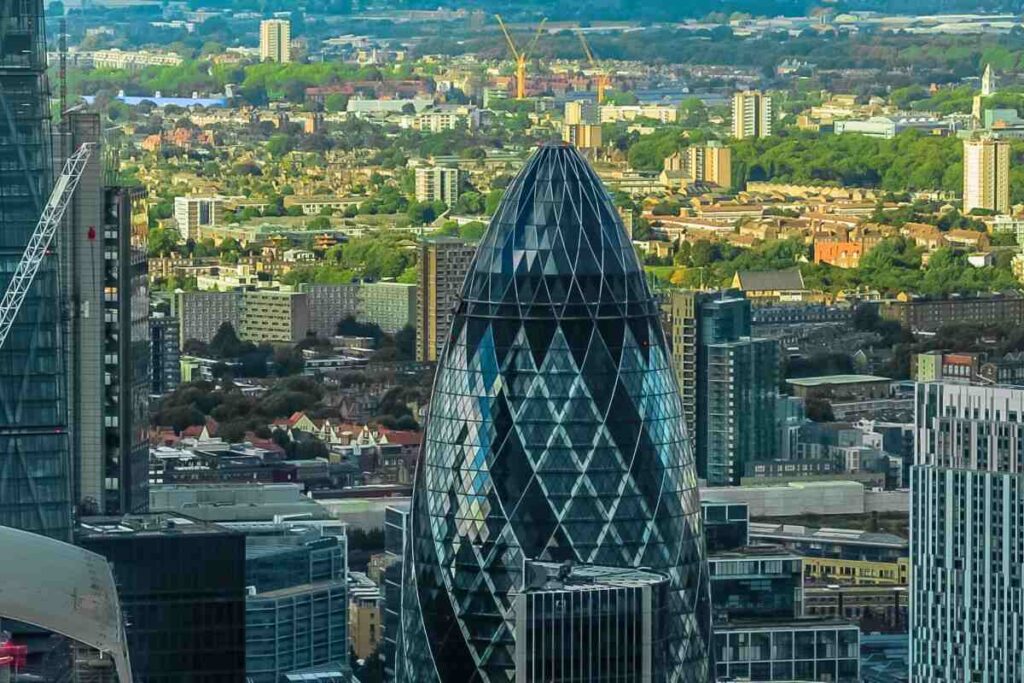London Plan 2021
The new London Plan has now been adopted for developments that fall within the Greater London Authority (GLA). The London Plan 2021 was formally published and adopted on the 2nd March and it is the latest iteration of the GLA’s Spatial Development Strategy and will be applicable for the next 20-25 years. We have outlined below the changes that will affect energy efficiency assessments for Major Developments in London.

Net Zero-Carbon
Updated guidance on sustainable infrastructure can be found in Chapter 9. One major change is the introduction of net zero-carbon target for major non-residential developments. Under the previous plan this only applied to major residential developments, but this zero-carbon target now applies to both. Generally Major Developments are:
- Domestic developments: 10 or more dwellings are to be provided, or the site area is 0.5 hectares or more.
- Non-Domestic developments: Where the floor space is 1,000 square metres or more, or the site area is 1 hectare or more.
Energy Hierarchy
Another change in sustainable infrastructure sees a revised energy hierarchy that is to be used to assess the greenhouse gas emissions of buildings. The original three steps are now accompanied by an additional fourth step:
- be lean: use less energy and manage demand during operation
- be clean: exploit local energy resources (such as secondary heat) and supply energy efficiently and cleanly
- be green: maximise opportunities for renewable energy by producing, storing and using renewable energy on-site
- be seen: monitor, verify and report on energy performance.
The ‘be seen’ stage now requires Major Developments to monitor and report on energy performance. This is achieved by displaying a Display Energy Certificate (DEC) and by using an online portal to report operational performance to the Mayor for at least five years.
Whole Life-Cycle Carbon Emission Assessments
Developments that are referable to the Mayor now have to carry out Whole life-cycle carbon emission assessments, this not only includes regulated carbon emissions, but unregulated emissions, embodied emissions and emissions associated with maintenance, repair and replacement as well as dismantling, demolition and eventual material disposal. Developments that are referable to the Mayor are set out in the Mayor of London Order (2008) but are generally:
- development of over 150 residential units, or more
- development over 30 metres in height outside of the City of London
- development on the Green Belt of Metropolitan Land
For more information on how BSE 3D can help you with your energy and sustainability goals and assessments please visit our Energy and Sustainability page.
Talk to Our Expert Team
If you would like to learn more about the range of services we offer, please get in touch for an informal discussion about your needs and requirements.






